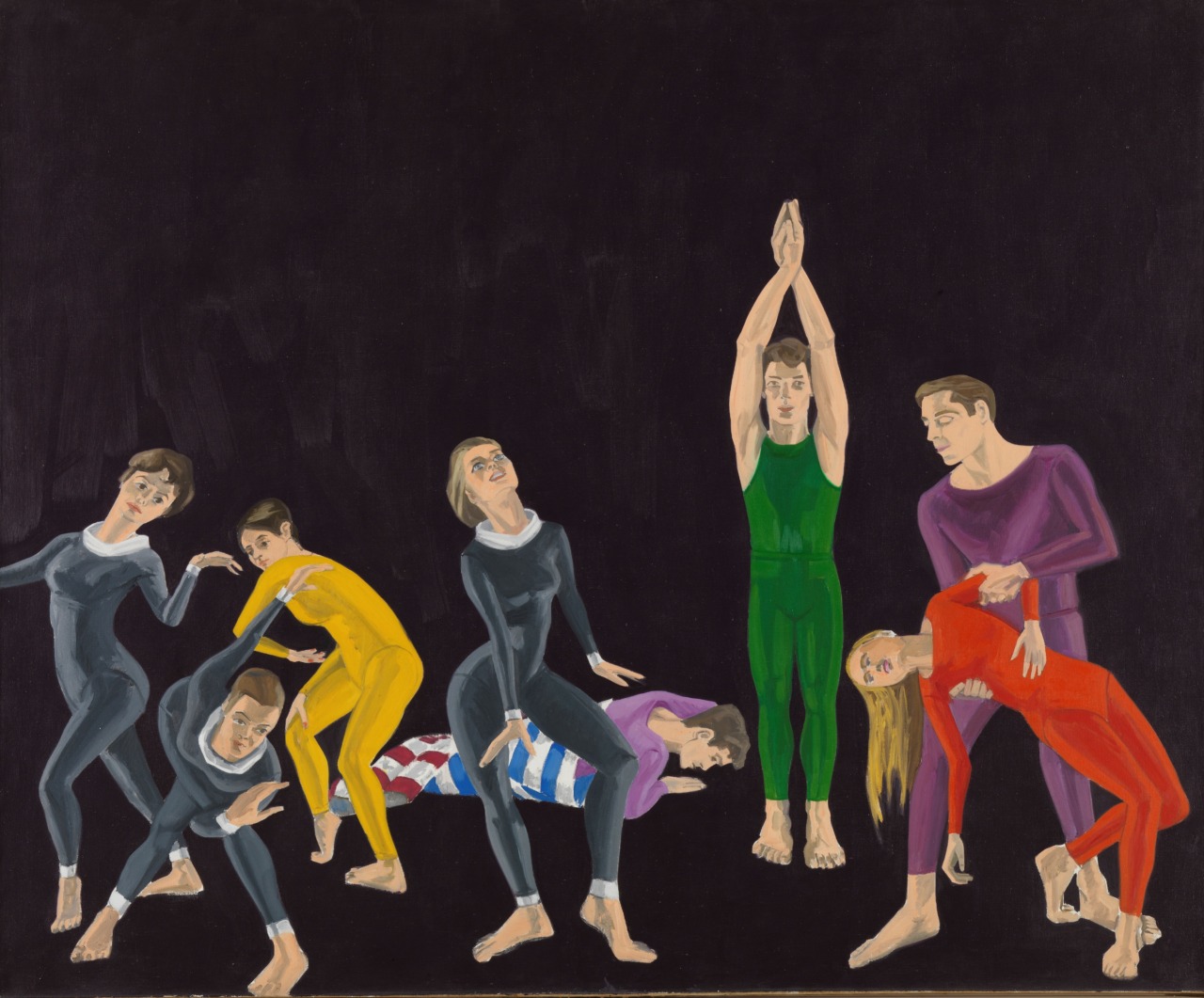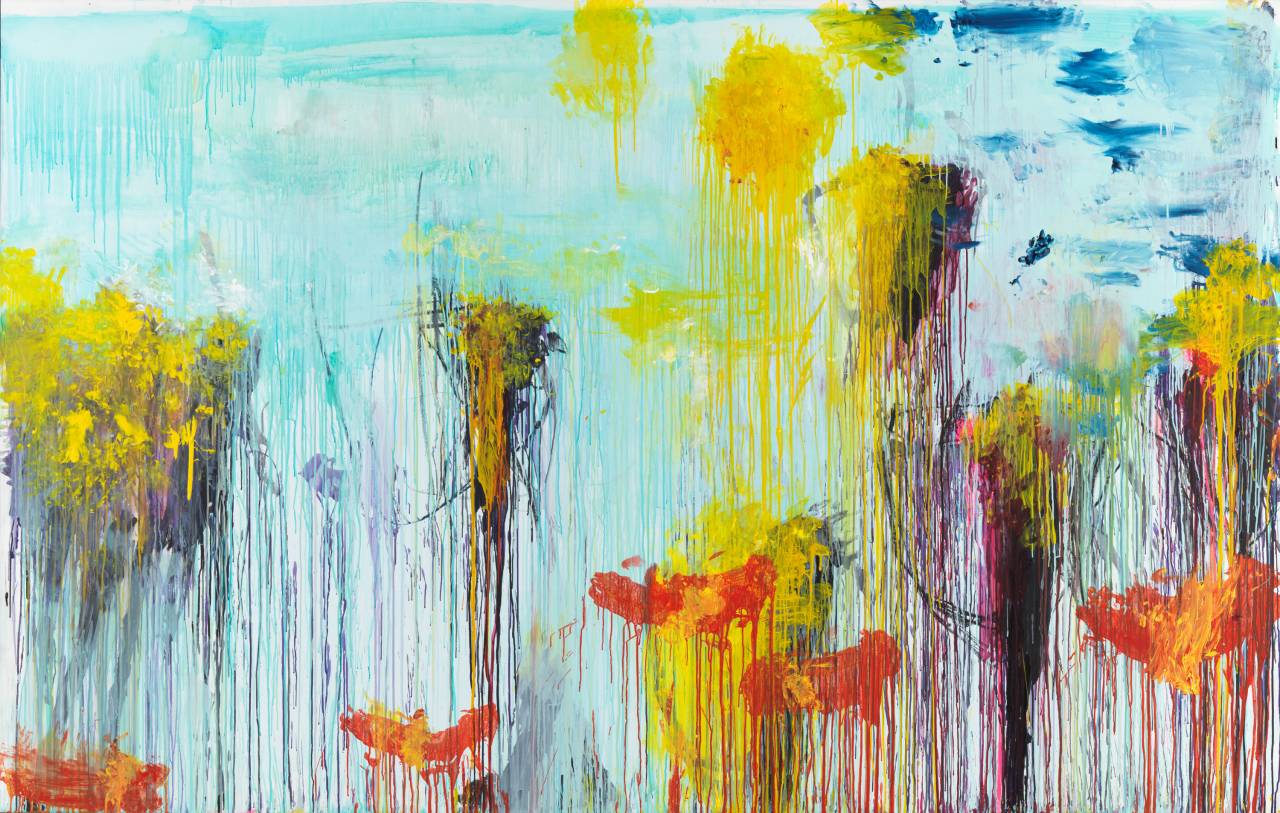Josh Smith
until
Under the title “Spot On”, recently acquired blocks of works by various different artists will be shown in solo or double presentations in two rooms on the ground floor. The presentations will alternate during – and beyond – the anniversary year and its accompanying exhibition “Forever Young – 10 Jahre Museum Brandhorst”.
From 17 January to 19 April 2020, works by Josh Smith will be shown in Gallery 0.7 of the Museum Brandhorst. In his series of paintings, Josh Smith uses painting as a way to ask fundamental questions about the medium itself.
Fig.: Installation view Josh Smith; Photo: Margarita Platis, Bayerische Staatsgemäldesammlungen, Munich © Josh Smith
Exhibition info
until
Dr. Monika Bayer-Wermuth
About the exhibition
Since 2001, Josh Smith has placed one single motif or an isolated visual idea at the focus of his paintings series. His repertoire of subjects includes such different themes as sunsets, stop signs or his own signature. Sometimes, Smith presses two still-wet canvases together so that one picture becomes the partial imprint of the other and vice versa. Through the reproducibility of motifs by means of painting, the artist generates a feeling of equal value of pictures that actually
promise to be unique.
Although the painterly gesture might at times appear dominant on the picture’s surface, the act of repetition directly disrupts its significance. For Smith himself, the resulting impression of an
expressive gesture is “the by-product of a process […]. Every expression is sent through a filter, an ‘expression filter’, in order to get a logical result. It is not only pure and free, but also somehow justified and logical.” By depriving his subjects of uniqueness through reproduction, Smith removes the personal charge from the painterly gesture. Thus painting is questioned by its own means.
Smith’s collages are also borne by this attitude. The compilation of different source material is a promise to the viewers that the subjective view of the artist is revealed in the picture. But those who hope to discover something personal behind the posters, invitations or menus will be disappointed. And as in the expressive painterly gesture, here too the technique itself becomes the central artistic concept. Even such an individual element as the artist’s handprints on bar stools seem standardised when repeated. It becomes a sign in itself, which does not aim to express anything particular, but which rather speaks about something.



